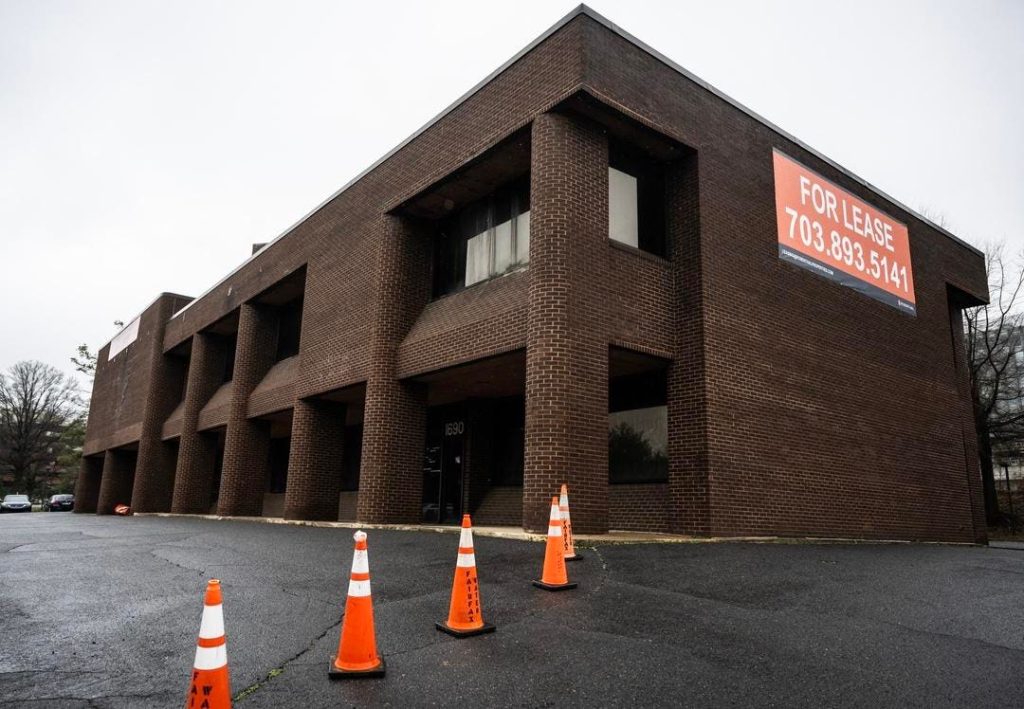Despite concerns about continuing losses in commercial real estate (CRE), the current situation is not expected to result in a national or global financial and economic depression similar to the one experienced in 2007. However, the ongoing risks in the economy, particularly related to the financial sector, could potentially lead to deep economic problems in the future.
The collapse of office loans is expected to cause significant damage as low-interest loans expire and need to be refinanced at higher interest rates, while office asset values are simultaneously declining. A recent working paper from the National Bureau of Economic Research highlighted that a significant portion of CRE loans, particularly office loans, are underwater, with current property values falling below outstanding loan balances.
While the statistics may seem alarming, the total exposure of banks to CRE loans, particularly office loans, is relatively small in comparison to the overall lending pool. The Federal Reserve closely monitors bank portfolios and reported that total CRE loans accounted for about 17% of the total outstanding bank credit. Additionally, not all banks have the same level of exposure to CRE, with smaller regional banks being more vulnerable to risks associated with CRE lending.
Despite the risks associated with CRE lending, especially for smaller regional banks, major risks to the financial system are primarily focused on larger banks. The Federal Reserve is closely monitoring the condition of these banks to ensure they are well-positioned to absorb any potential shocks. Strong regulatory oversight and increased regulation have helped fortify the banking sector since the 2007 financial crisis, providing a level of financial and economic security.
While smaller banks with high concentrations of CRE loans may face challenges, the larger systemic risks appear to be under control. The Federal Reserve Chair Jay Powell has identified potential bank failures among those with high CRE exposure but has reassured that they are not among the major banks that pose a systemic risk.
Although some analysts have expressed concerns about the potential for challenges to the deposit insurance fund in the event of numerous bank failures, the current regulatory measures in place are designed to mitigate these risks. The ongoing monitoring of banks with high CRE exposure and consistent oversight by regulatory bodies aim to maintain stability in the financial system.
As we navigate through the current financial landscape, it is essential to remain vigilant for potential risks that could impact both the financial sector and the real economy. The cyclical nature of financial crises, as highlighted by economist Hyman Minsky, underscores the need for ongoing monitoring and regulation to address systemic risks that may arise unexpectedly. While our regulators are working diligently to address these risks, the ever-evolving nature of the financial and economic systems reminds us of the importance of preparedness in the face of potential crises.













